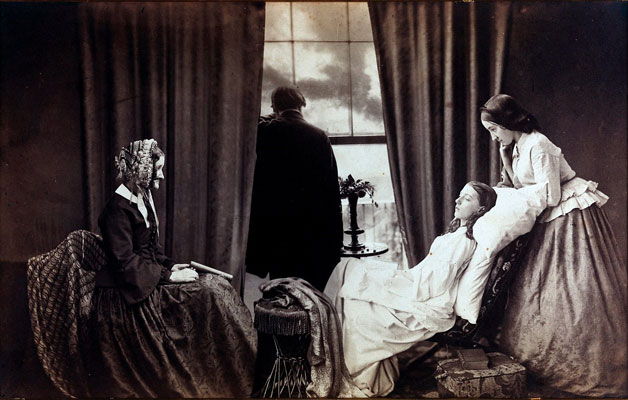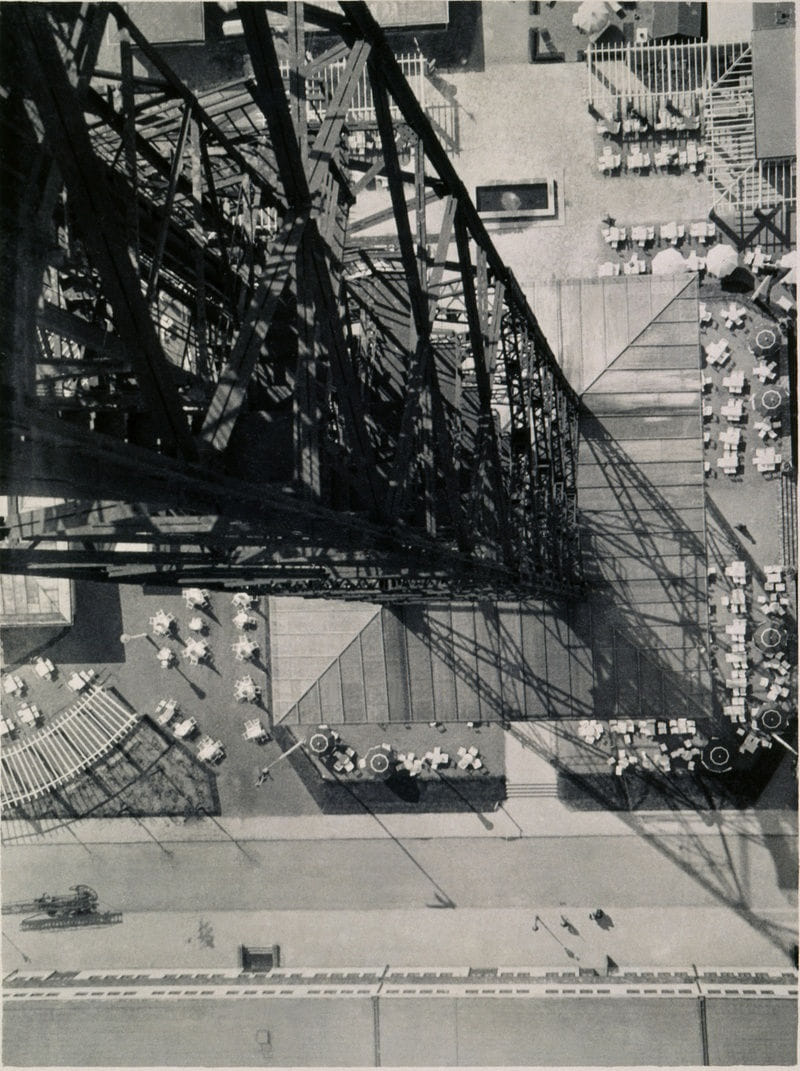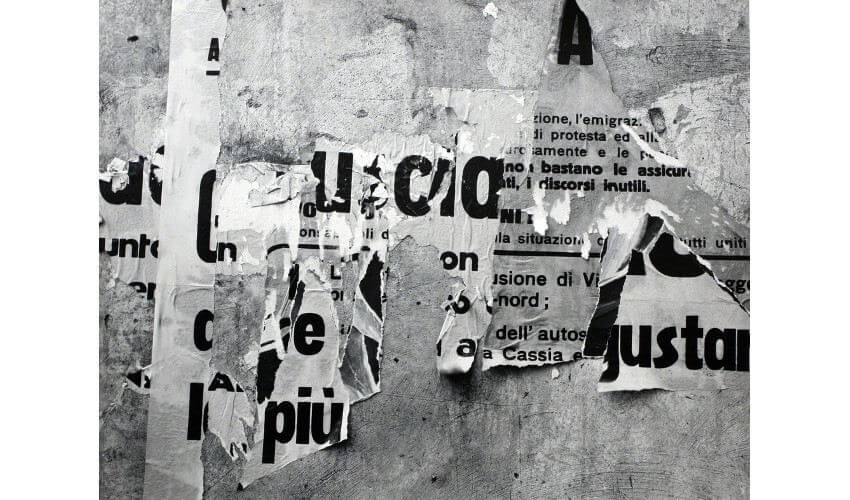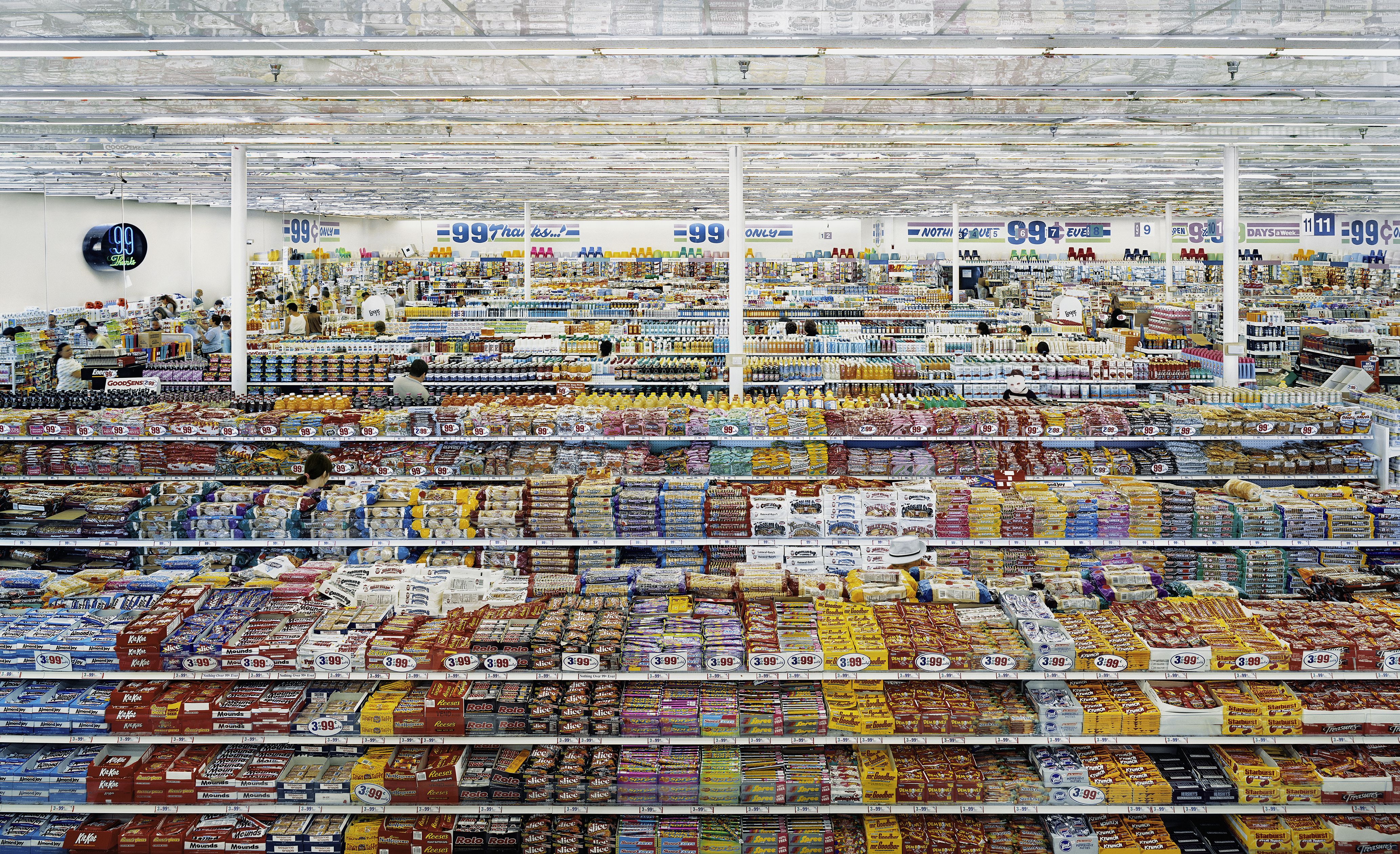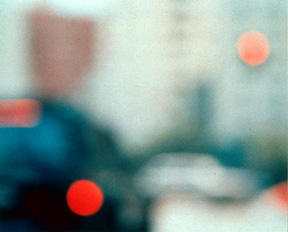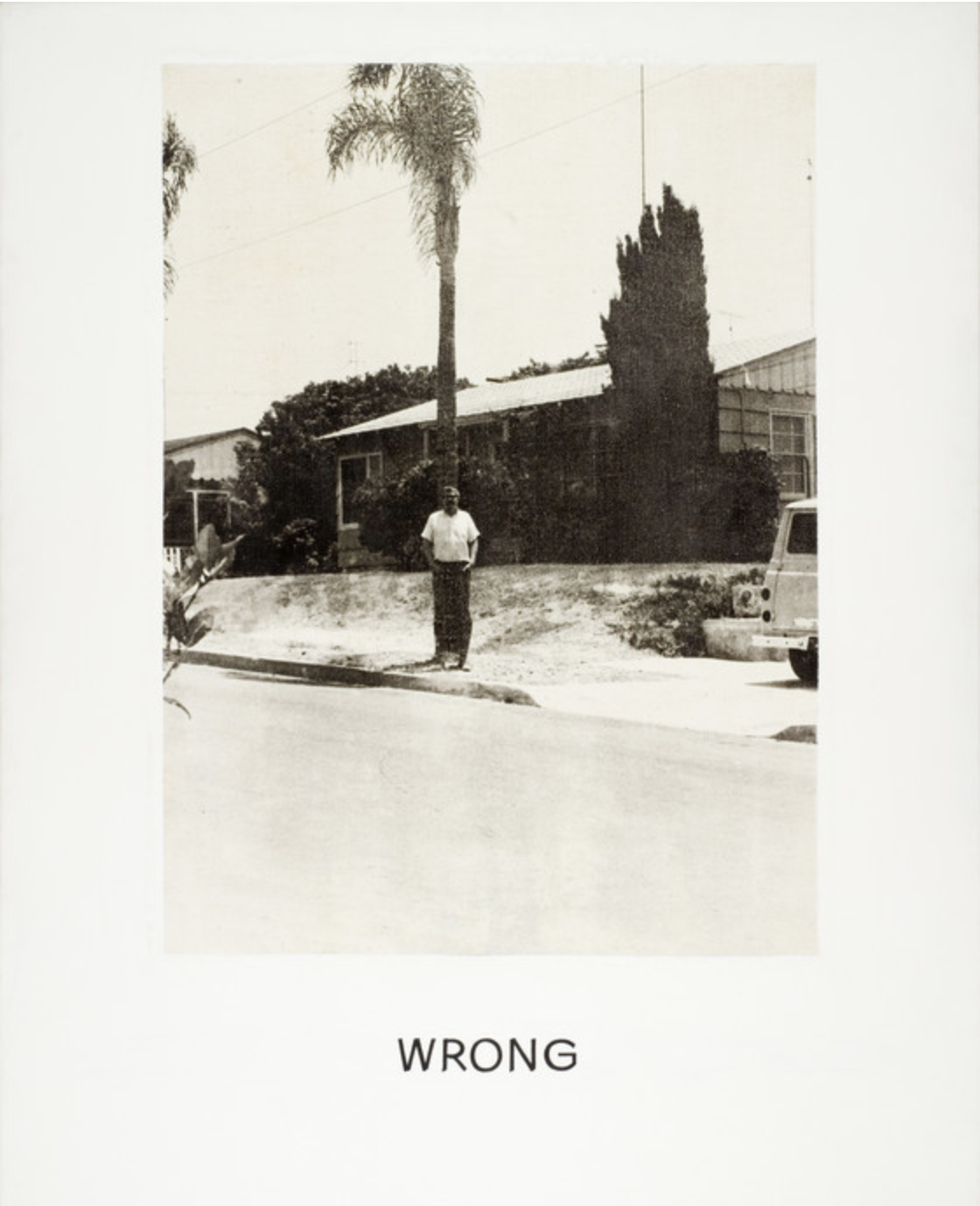What are Formal Elements in photography?
- Formal elements can be defined as the visual devices and components a photographer can manipulate to convey meaning and make their pictures more interesting. Formal elements of photography include lines, shapes, patterns, texture, tone, and focus.
Lines:
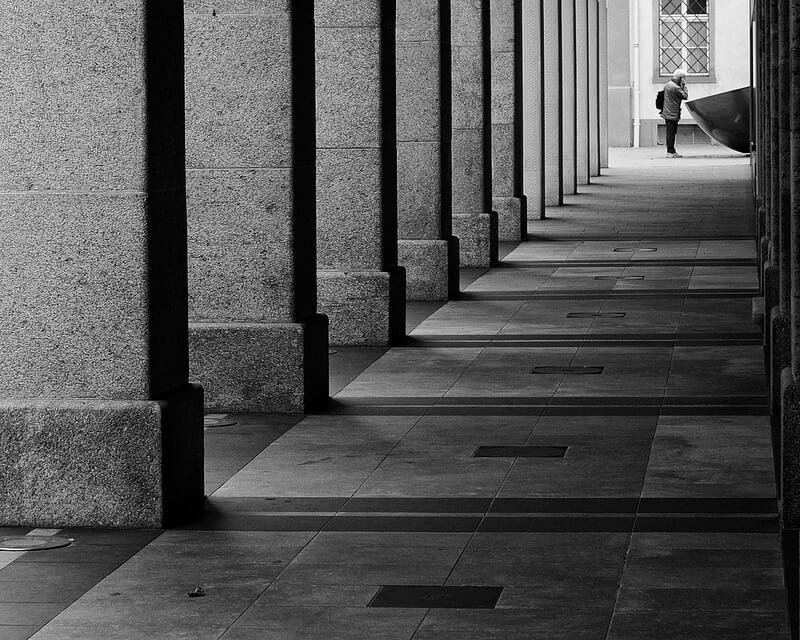
Manuel Buetti – Arcade Chur
In this picture, the photographer utilizes lines formed from shadows from the pillars, the outline of the hallway, and the tiles of the floor, to lead the audience’s eyes to the subject which is the person at the end of the hallway. The lines also create energy of movement, that reaches from the start to the end of the hallway.
Shape:

http://photodomain.com.au/photography/shape-and-form/
In this picture, the photographer captures the shapes created by the shadows and the shape of the building. Most of the shapes that compose this picture are sharp and defined, like rectangles triangles, and squares. With the lack of curves and round shapes, it creates a sense of order and preciseness.
Patterns:

Kate Ausburn
In this picture, the photographer captures the pattern created by the windows on the side of a building. The picture repeats the shape rectangular shape and lines of the windows, the placement of the windows, and the reflection in the windows also repeats. The picture is taken at a diagonal angle which makes the patterns pop out to the audience more and creates more dynamic and a sense of flow and rhythm.
Texture:

Rome 55, 1963 – Aaron Siskind
In this picture, the photographer captures the texture of a gelatin silver print. The photographer captures the subject with sharp focus and with lots of details.
Value/Tone:
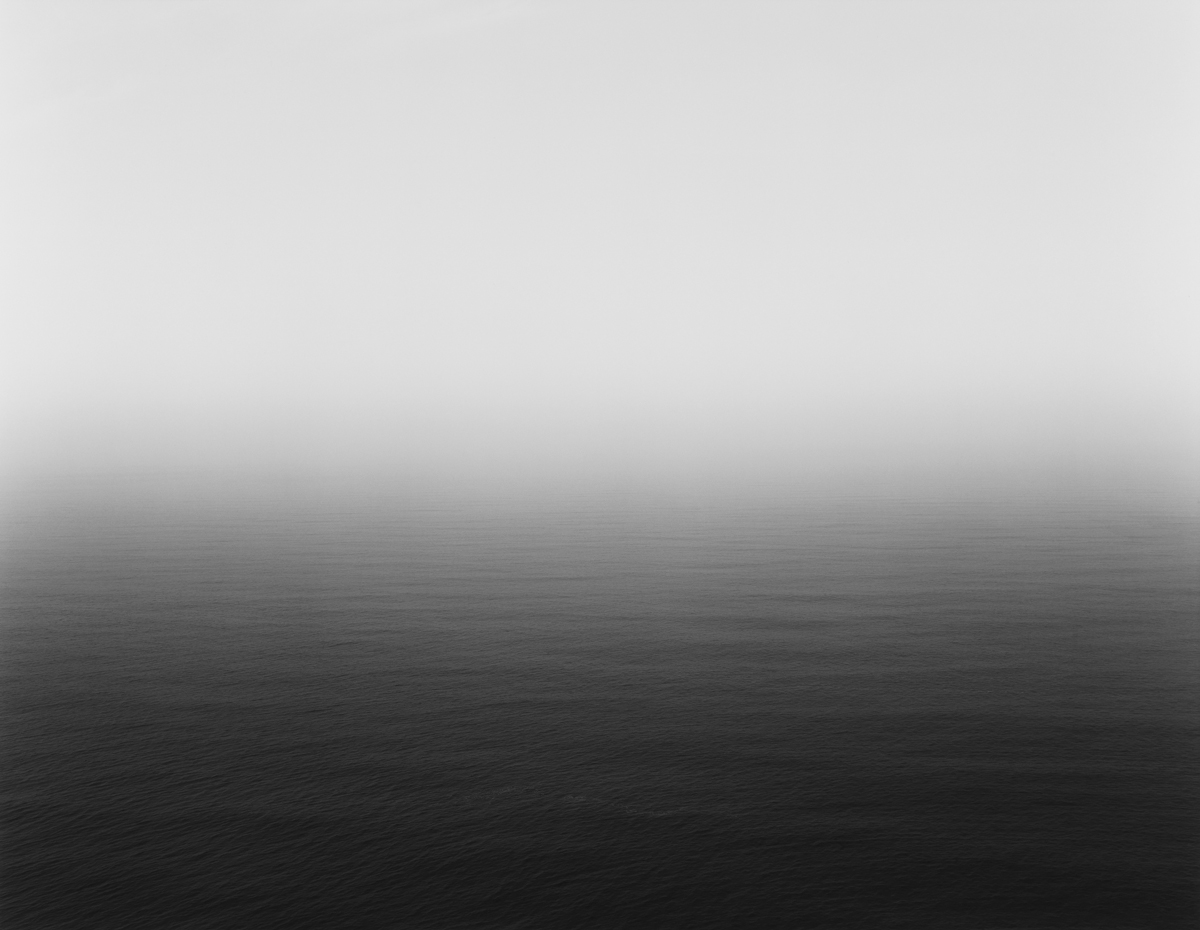
Hiroshi Sugimoto: Seascapes
In this picture, the photographer photographs the horizon of the seascape. With only black and white colors, the brightest tone is the sky that gradients its way to the sea which is the darkest tone of the picture.
Focus
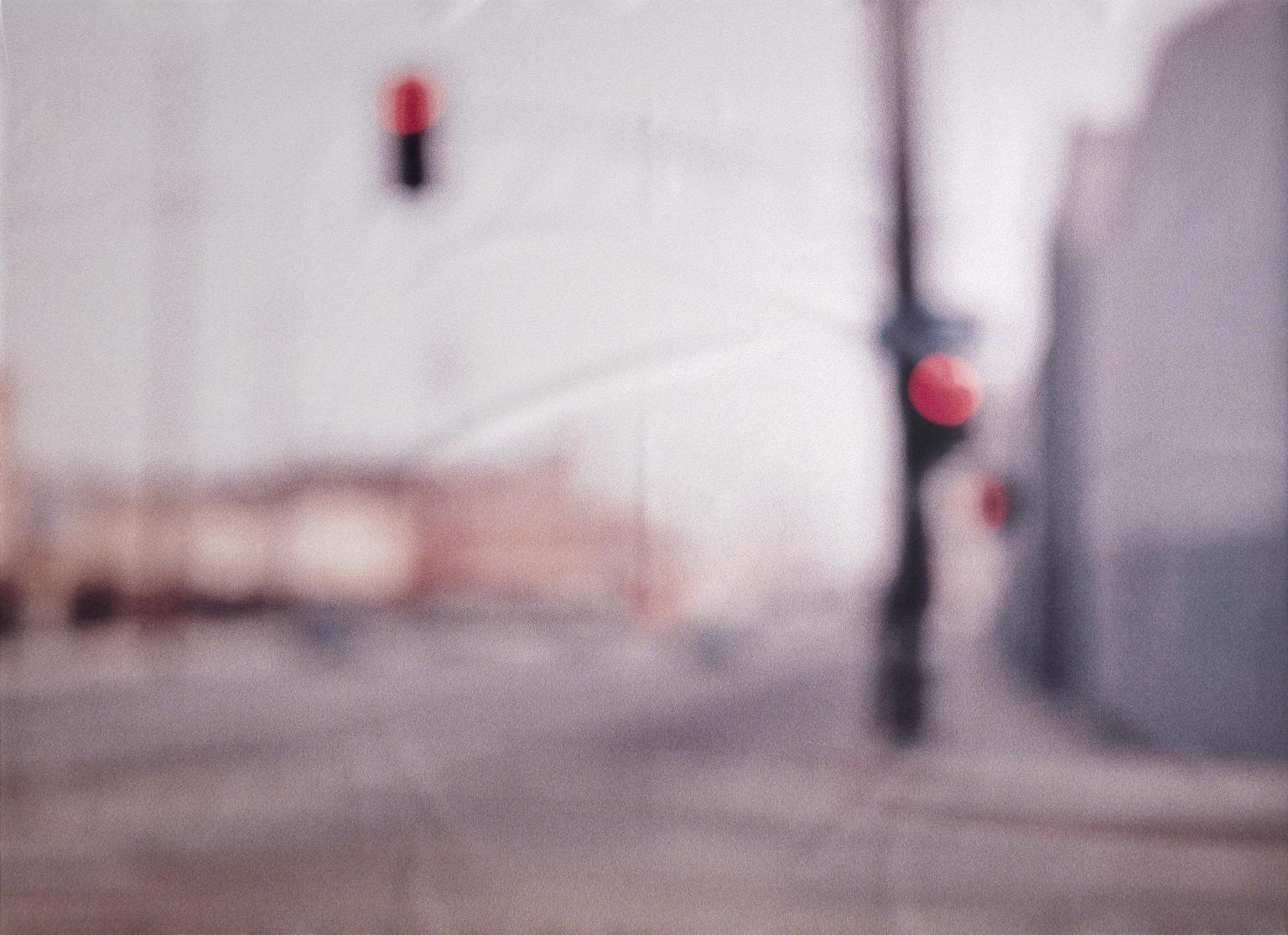
Field #20′, Uta Barth, 1997 | Tate
In this picture, the photographer blurs the image to capture unique colors, undefined shapes, and interesting silhouettes. Nothing is in focus. The blurred street brings out a sense of “ineptitude”.
Can an image show just one element at a time?
Yes, but then you would have to be very intent when it comes to trying to create that photo, and when you are at that point I would argue if your photos actually represent abstract photography or not.
It is definitely possible, but in most photos, it’s usually going to include more than 1 element. Because all these elements are intertwined in similarities. You can’t have shapes without lines. You can’t have texture without focus, and the same goes for patterns. Every element is connected to one another.
